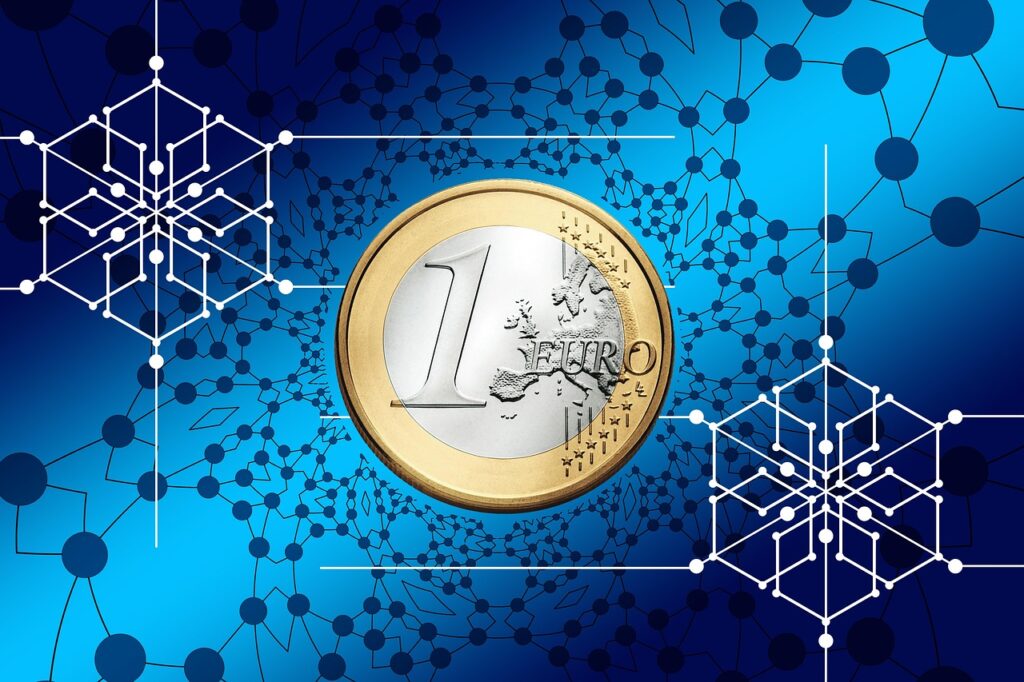The European Union is accelerating efforts to develop a digital euro, prompted by recent US legislation establishing a regulatory framework for stablecoins. These are digital tokens backed by national currencies such as the US dollar. In contrast, the digital euro would be issued directly by the European Central Bank. It will represent the official euro currency in digital form.
Strategic importance
A digital euro issued and backed by the European Central Bank (ECB) would offer a secure, publicly trusted digital currency alternative to private stablecoins. Beyond technological considerations, this initiative represents a strategic effort to reinforce the euro’s position within the evolving digital global economy. By speeding up the digital euro’s release, the European Union is prioritising the preservation of its financial autonomy. A senior ECB official recently warned that the proliferation of US dollar-backed stablecoins could result in the migration of euro deposits outside the eurozone, thereby increasing reliance on the US financial system and undermining Europe’s monetary sovereignty.

Public versus private blockchain
According to the Finacial Times, the ECB is currently evaluating whether to implement the digital euro on a public blockchain platform such as Ethereum or Solana, departing from its initial plan for a centralized system. Public blockchains offer greater interoperability and accessibility but present challenges related to transparency and data privacy. Conversely, private blockchains provide enhanced control and privacy protections but may constrain the development of Europe’s digital payments ecosystem.
Looking ahead
As Europe races to secure its financial independence in a rapidly digitising world, decisions about the digital euro’s design and implementation will play a crucial role in shaping the EU’s economic future. The outcome could influence not only consumer payments and banking, but also the bloc’s ability to assert economic sovereignty amid intensifying global competition.










